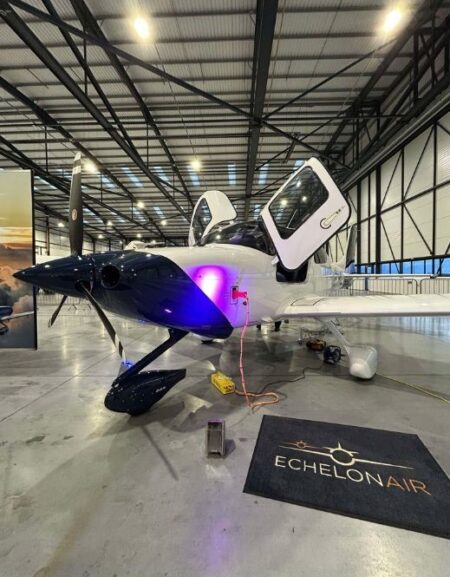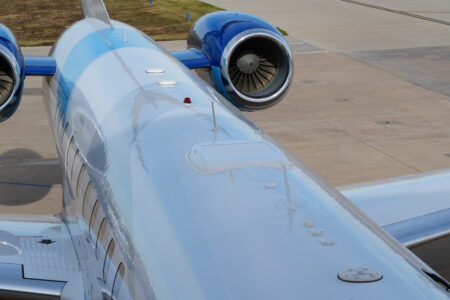The UK government has ordered the Department for Transport, in conjunction with the Civil Aviation Authority (CAA) and Ministry of Defence, to explore the effects of drones hitting passenger aircraft by deliberately smashing one into the other. Around £250,000 (US$303,968) will be spent on the study, according the UK press, which comes as a result of numerous ‘near-misses’, of drones almost hitting aircraft at locations such as Heathrow. A private company will handle testing in Snowdonia, Wales.
Commercial drone company senseFly, which recently teamed up with aviation app Air Navigation Pro to launch Safer Together software – which displays aircraft and drone movements over the same area simultaneously, so users of one are aware of and can avoid the other – said that while the tests might be useful, solutions such as Safer Together are arguably better for the longer term.
This comes as drone usage is expected to increase, with companies such as Amazon planning on using them for deliveries.
Jean-Cristophe Zufferey, CEO and co-founder of senseFly, said, “Currently, drone operators don’t have the insight they need to avoid near-misses. This lack of awareness not only risks people’s safety, it burdens drone operators with full responsibility for flying safely. Both pilots and UAV operators need two-way, or bidirectional, awareness of one another’s flight paths to ensure that drone operators have the insight they need in order to change, pause or abort a flight and avoid collision.
“This is why we’ve worked closely with Air Navigation Pro to create Safer Together. The initiative uses existing simple and affordable technologies to enable seamless integration and will bring bidirectional communication between manned and unmanned aircraft. Near misses are a problem caused by a breakdown in communication, and Safer Together is working to resolve this.”




